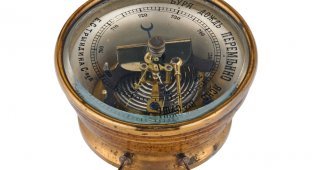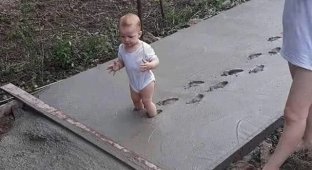Did you know that bears have several types of dens? In total, there are 4 types: semi-ground, riding, natural and soil. 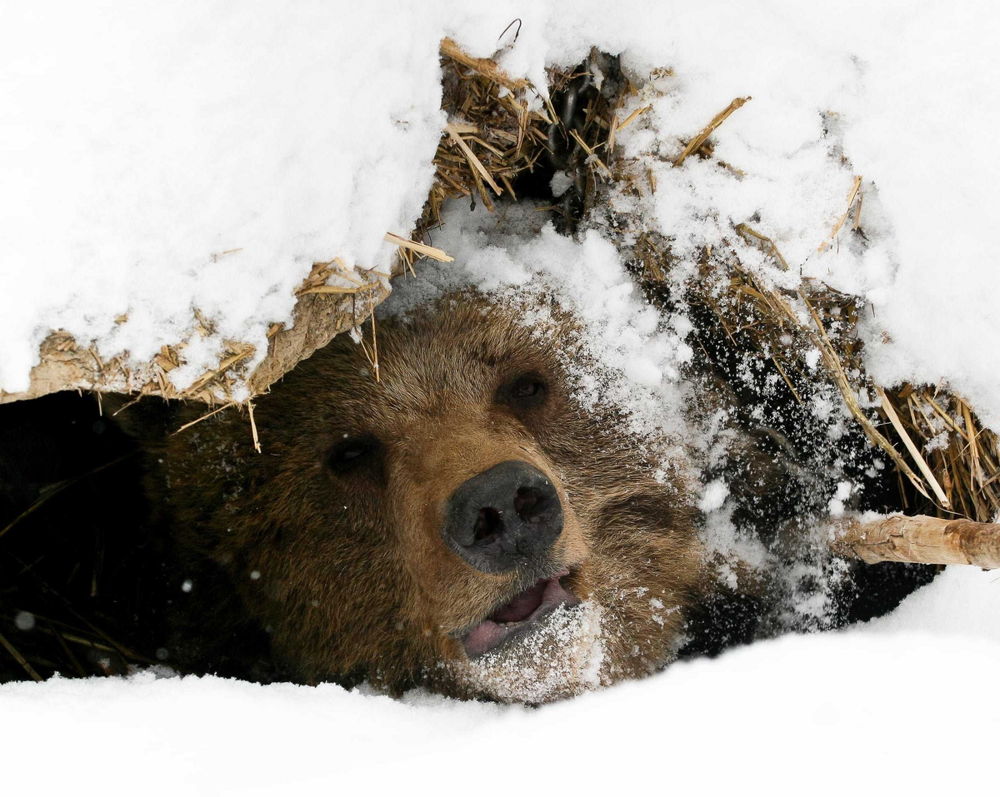
Arranging a place to sleep is a whole science. Moreover, it is purely practical - each bear learns to build a den himself, by trial and error. The older the bear, the fewer cracks and more bedding there are in its winter residence. The animal will not spend the winter in the same place twice, and therefore each time it has to prepare for the cold anew. 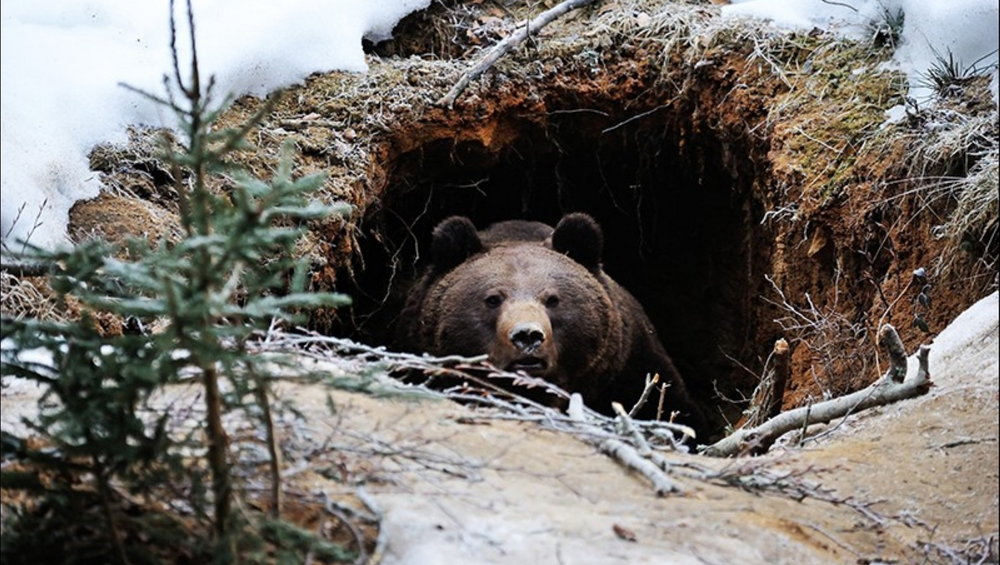
Waking up a bear in winter is an absolutely terrible idea, although who among us doesn’t look like this in the morning?
Bears can “predict” how severe the coming winter will be. Based on their sensations, they build dwellings. But this is not always a giant hole, as we are used to seeing in cartoons and fairy tales. There are 4 types of dens: semi-ground, raised, natural and ground. 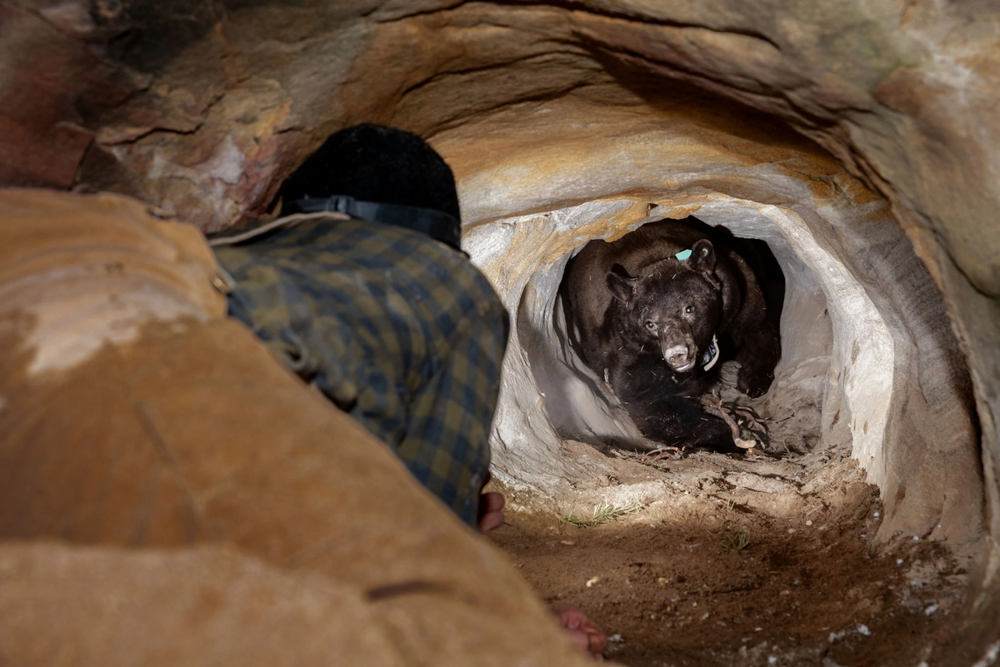
Semi-ground and upland dens are simply shallow holes. The difference between them is that the first, as a rule, are located in the roots of fallen trees or under an earthen “canopy”, and for the second the bear builds a “roof” from spruce branches (coniferous branches) on its own. They are more often found in places where the soil is not suitable for digging with large paws. For example, sandy soils are too flimsy, and clay soils clump too much and cannot be given a durable wall shape. 
Natural dens include various caves, crevices and other natural depressions in which a bear can safely curl up and snore sweetly. These require almost no effort in arrangement, but go ahead, find the ideal living space in the deep forest! That's the same! 
But unpaved dens are the pinnacle of bear art. Experienced bears most often resort to them, because building it is not so easy. The main difficulty is that the passage of such a den should be as minimal as possible, so that cold air has less chance of entering the house. But there should be mansions inside so that you can toss and turn to your heart’s content in your sleep. 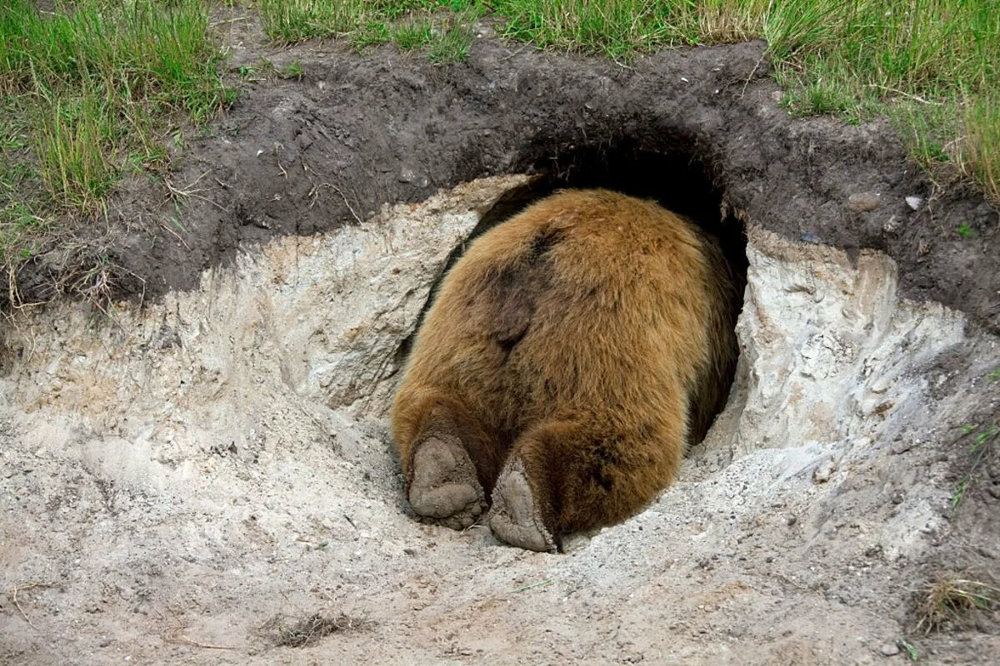
Whatever type of den it is, the temperature inside it is not much different from the temperature outside - a maximum of 10 degrees warmer. And that’s due to the fact that the bear itself warmed it up. And the winter shelters of females are much deeper and better equipped, which is not surprising, because cubs should also fit there.
Add your comment
You might be interested in:
















